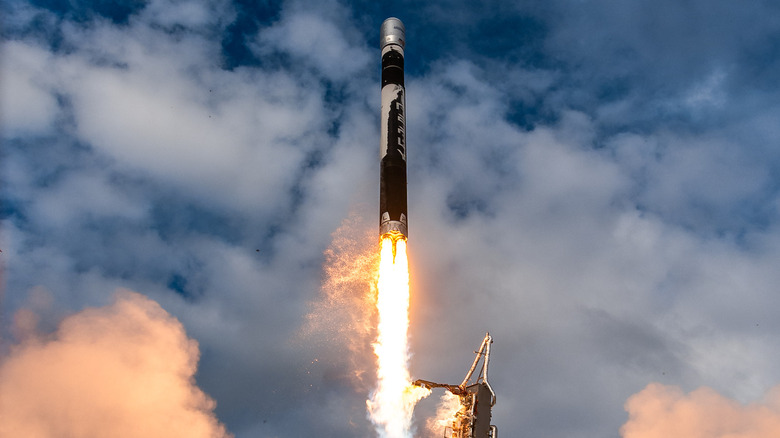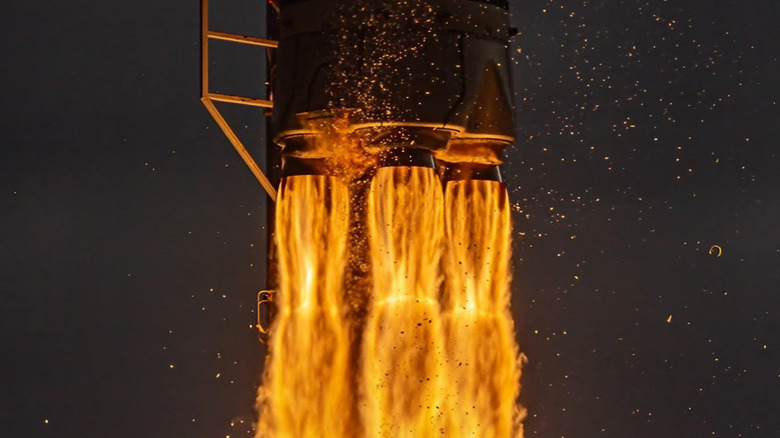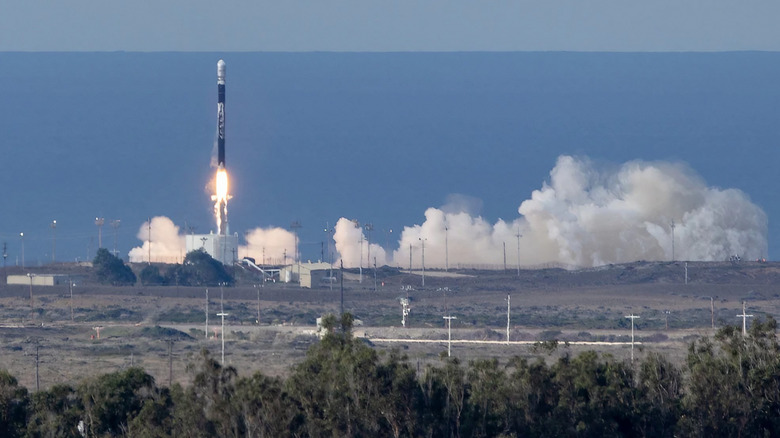Firefly Set For First Rocket Launch Months After Catastrophic Failure
Firefly Aerospace is officially back in the game after the U.S. Federal Aviation Administration gave the company the all-clear on August 26 to resume launches. This ended a mandatory stand-down that began in late April after its Alpha rocket dramatically failed to reach orbit during a mission. That incident grounded the company while it conducted a months-long investigation into what went wrong.
With the review complete and corrective actions in place, Firefly is wasting no time getting back to the pad. According to a transcript published by Yahoo Finance, CEO Jason Kim even stated during a September 22 earnings call that the company's next mission, dubbed Alpha Flight 7, is expected to launch "in the coming weeks". He also noted that two launches are planned before the end of the year, which suggests a quick operational turnaround. The company has framed the failure as a valuable learning experience. Firefly's Chief Engineer Jordi Paredes Garcia said in a statement that "technical challenges aren't roadblocks — they're catalysts" and that the lessons learned have helped to improve the rocket's overall reliability. Investors seem to agree, as the company's stock saw a nearly 5% bump in after-hours trading following the FAA's announcement. Now, all eyes are on Flight 7 to see if the fixes hold up.
What even happened in April?
The mission on April 29, named "Message in a Booster," started off looking like any other launch. It kicked off with the 96.7-foot-tall Alpha rocket lifting off smoothly from Vandenberg Space Force Base in California. The trouble began a little over two minutes into the flight, just after stage separation. The subsequent investigation, which involved the FAA and a board of outside experts, pinpointed the cause as unexpectedly intense heat from a phenomenon known as plume-induced flow separation.
This intense heating was made worse because the rocket was flying a steeper ascent angle than on its previous missions to meet the payload's delivery requirements. All these factors together caused the first stage to rupture mere milliseconds after separating. The resulting pressure wave then hit the rocket's second stage, which destroyed the nozzle extension on its single Lightning engine and severely cut its thrust. But that didn't stop the upper stage from heroically regaining its orientation. It managed to push on to an altitude of 198 miles.
Ultimately, the Alpha ran out of fuel just three seconds before it would have achieved orbital velocity. The rocket and its payload, a Lockheed Martin LM 400 technology demonstrator, eventually crashed into the Pacific Ocean. To prevent this blunder again, Firefly's fix involves reinforcing the booster's thermal shielding and adjusting the flight path on future missions. The same Alpha rocket design was also tapped by the U.S. Space Force for its pioneering VICTUS NOX exercise, which tested rapid-response launch capabilities.
It's not easy being Firefly
Firefly's Alpha rocket is built to serve a growing market segment in the launch industry. Many of today's satellites are too large to fly on smaller, dedicated rockets, yet they aren't big enough to justify the expense of booking a solo mission on a massive heavy-lift vehicle. This creates an awkward and undeserved middle ground for launch customers. The Alpha satisfies that, but its biggest problem has been reliability. Including the April incident, four of Alpha's six launches since its 2021 debut have been partial or complete failures.
Despite this spotty record, Firefly is incredibly well-funded and has a massive book of business. The company went public on the Nasdaq in August, quickly achieving a valuation of nearly $9.84 billion. Its IPO raised almost a billion dollars, leaving Firefly with around $1 billion in cash reserves. That financial backing is crucial. After all, the company holds the fourth-largest launch backlog among American providers. This includes a landmark deal with Lockheed Martin for up to 25 launches through 2029, as well as contracts with NASA, the National Reconnaissance Office, and L3Harris. Firefly is also developing its Blue Ghost lunar lander, which recently helped mark the first successful touchdown of a private American spacecraft on the Moon.


